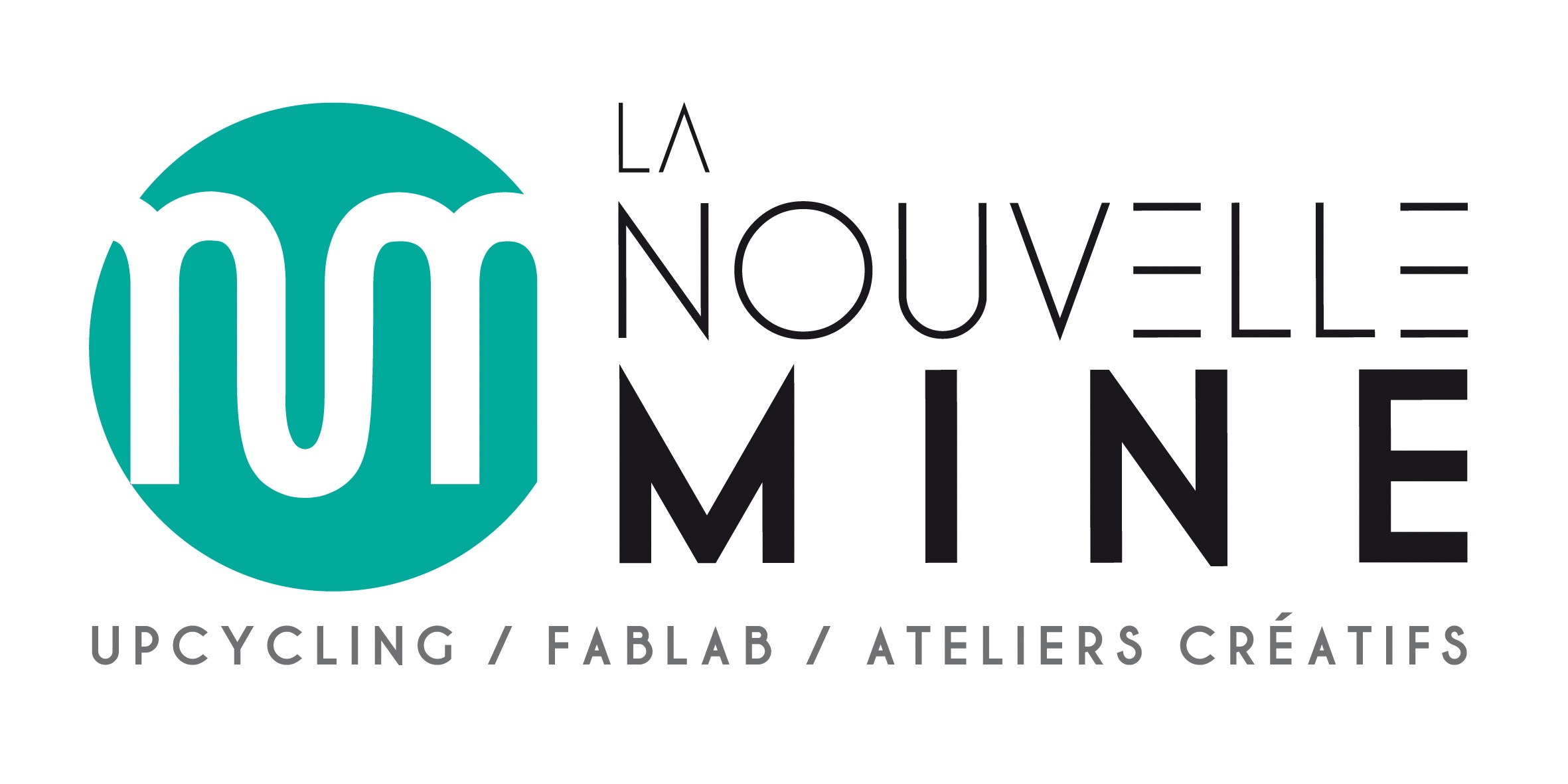A fertility doc describes whenever and just how this is accomplished.
Chrissy Teigen, who may have talked publicly about infertility, recently told people to her struggles that she had a choice of selecting a lady embryo while undergoing in vitro fertilization (IVF). For anybody not really acquainted with the IVF procedure, the possibility to find the sex of the child might seem futuristic, even controversial. But sex selection really takes place frequently in fertility clinics across the country—and it is just one tiny facet of the hereditary screening that may take spot before a mom-to-be also gets expecting.
It is all feasible because of an operation referred to as pre-implantation diagnosis that is geneticPGD) or pre-implantation hereditary assessment (PGS), claims Avner Hershlag, MD, chief associated with the Center for Human Reproduction at North Shore University Hospital in Manhasset, nyc. During IVF, a physician produces embryos by combining a woman’s eggs with a man’s semen in a lab. Whenever those embryos really are a days that are few, the potential moms and dads can decide to own them screened for hereditary abnormalities using PGD.
This means the embryos are positioned under a microscope, and (really delicately) a cells that are few removed. The cells are then analyzed to ensure they will have a standard hereditary makeup—that is, pairs of chromosomes 1 through 23.
Health practitioners additionally have a close check the X and Y chromosomes to test for abnormalities here; as well as that time, the sex of every embryo, XX or XY, becomes apparent. Once the potential moms and dads are briefed by which of these embryos are healthier and viable, they could additionally be told that are female and that are male.
“If one or more embryo is normal, and there are actually both men and women, we don’t impose on patients what type they ought to utilize,” Dr. Hershlag states. “If all the things are equal, it becomes their individual option.” (clients also can elect to freeze other embryos that are healthy used in later on pregnancies.)
What is the catch?
This particular hereditary testing comes at a price. Many clinics charge anywhere from a hundred or so to a couple thousand bucks for PGD. (Some clinics charge per embryo, while others charge a swelling amount.) It is in addition to the trouble of fundamental IVF, which averages $12,400, in line with the United states Society for Reproductive Medicine.
Considering the investment clients are making, the cost that is additional PGD might not seem so high, Dr. Hershlag points away. It might certainly be worth every penny to make sure a fruitful maternity, and a wholesome baby—never head certainly one of a gender that is specific.
This is especially valid, he adds, for females who may have had numerous miscarriages, or that are within their mid-30s or older. (the possibility of having a genetically irregular embryo goes up as a female gets older.)
Potential moms and dads who will be carriers of genetic diseases may want to ensure also they don’t pass on those characteristics, just like the BRCA gene. “We are creating infants who don’t have actually to worry,” claims Dr. Hershlag. “Instead of getting incredibly high life time dangers, their danger amounts are now actually exactly like anybody else’s.”
Given that the technology exists, “it’s very nearly unfathomable in my opinion to move an embryo whose genetics are unknown,” says Dr. Hershlag. The just barrier to carrying it out for each IVF client is monetary.“At this point” at this time which has no insurance firms cover PGD—many don’t even protect IVF. But Dr. Hershlag hopes which will change in the long term. “The insurance firms need to comprehend that whenever we are producing healthiest infants, we are going to finally spend less on evaluation and therapy within the long haul.”
How about couples whom merely would like a child (or son)?
Some clinics do training “family balancing” for parents with kids of 1 sex who desire a young child associated with other intercourse. However with first-time mail indian brides moms and dads that have no fertility or concerns that are genetic it’s « really unsatisfactory » for health practitioners to make use of IVF and PGD entirely for sex selection, Dr. Hershlag states. He worries so it may lead to preferences that are sexist lopsided populations, as present in other nations. “I warn individuals against planning to clinics that don’t have clear ethical directions, since they may also be less reputable,” he says. “In our hospital, we mainly screen embryos for wellness. And when an individual would like to understand the sex as being a byproduct, we see hardly any incorrect with that.”
Could genetic assessment go a step further?
Could PGD, say, help moms and dads look for a high, athletic, brown-eyed woman? Professionals state the technology is not here yet—and also if it were, it is not likely that numerous medical practioners would consent to help this kind of highly managed pregnancy. During 2009, a fertility hospital in new york advertised the “pending supply” of these solutions, but eliminated its advertisement after receiving a disapproving page through the Vatican. And just last year, the uk became the initial country to accept an operation called three-parent IVF, which combines the DNA of two moms and a father—but just in instances for which a lady could give genetic health problems to her child.
For the time being, PGD can be used mainly to aid moms and dads have less pregnancies that are stressful healthiest babies—enormous, life-changing advantages in their own right.
